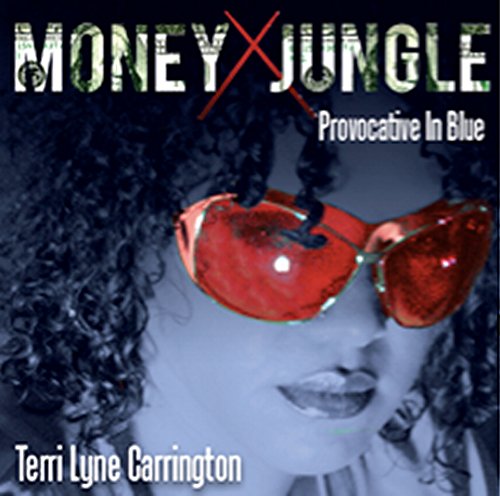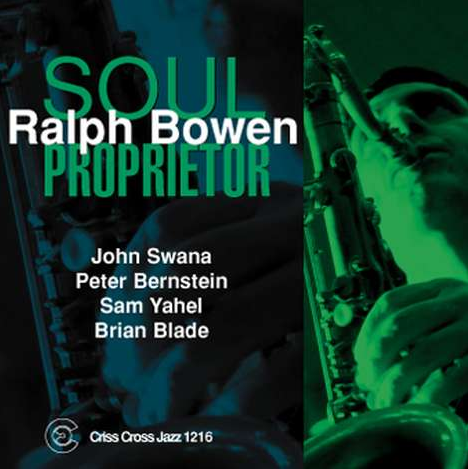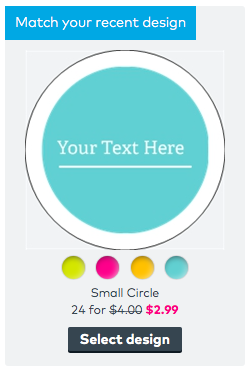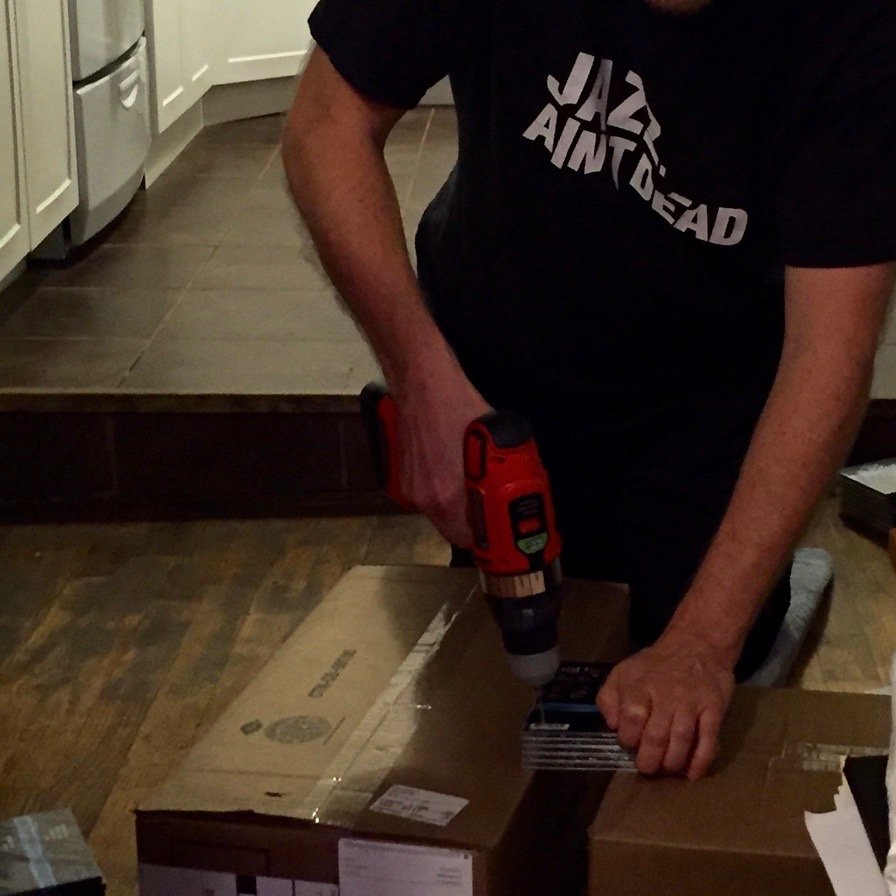"Do you want to try the Coltrane mic?"
...asked one of the engineers at Systems Two studios in Brooklyn. "Don't point that thing at me!" I wanted to say.
Recording my first New York album with terrific musicians was enough excitement for the day, I didn't need distraction by any thoughts of John Coltrane's huge legacy. The microphone in question was an RCA "ribbon" mic owned and used by John Coltrane, later passed to Systems Two by Ravi Coltrane. We actually did end up using it as one of a few sax mics in the final mix.
Coltrane was one of several "ghosts" to be found at the Systems Two: great musicians who have used the studio or its gear to capture classic sound. We used Marvin "Smitty" Smith's old drum set which is standard gear at Systems.
The Hammond C3 (just like a B3 but with a full body instead of legs)
System's Hammond C3 organ once lived at Long Island's Ultrasonic Recording studios where it was used by artists including Billy Joel, and on the 60s hit song "In a Gadda Da Vida." Around the same time we were in the studio, organ master Dr. Lonnie Smith was there recording his recent Blue Note album Evolution with Joe Lovano and Robert Glasper.
It's pretty common to cross paths with famous gear or musical legacies in the recording studio, but it's important to not let it mess with your head. I'm really pleased with how the (soon to be released) Blue Innuendo album turned out, so I guess we kept the ghosts at bay.
Here are some of my personal favorites albums recorded at Systems Two:







